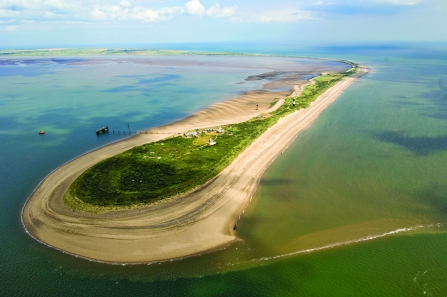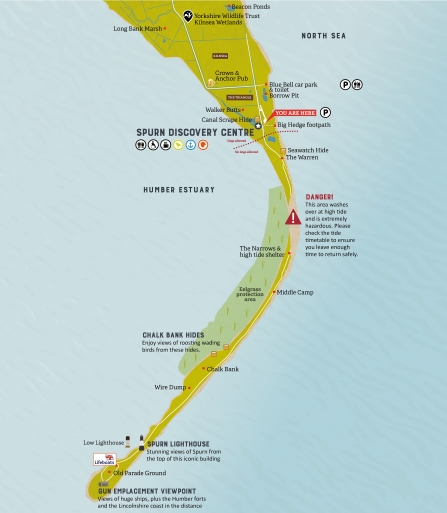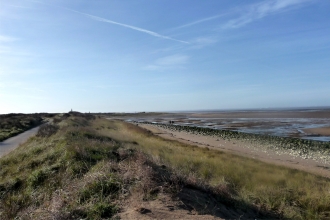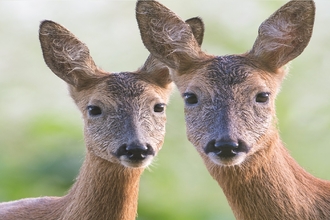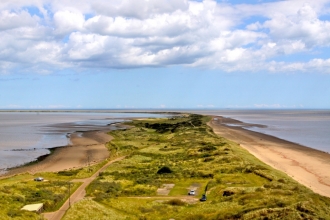An ever-changing place
Spurn is an incredible, dynamic and ever-changing place. The piece of land that we call Spurn (or Spurn point) is a spit that separates the North Sea from the Humber Estuary.
It forms a protective barrier which stops the full force of the North Sea from going up the Humber, therefore creating a safe haven on the mud flats for wading species. It's a National Nature Reserve, owned and managed by us at Yorkshire Wildlife Trust.
How was Spurn formed?
It was formed as a result of longshore drift, which is the process by which sediment eroded by the sea is washed along the coast. Where the North Sea meets the Humber Estuary, the sediment builds up to form a peninsula made from sand and shingle.
Longshore drift is happening all of the time, so Spurn is always on the move, and always will be! This is because sea erodes it on the east (the outer side by the sea) and deposits more sediment on the west (the inner side by the estuary). This happens relatively quickly, with noticeable changes seen over years rather than decades, because the Yorkshire coast is one of the fastest eroding coastlines in the UK.

